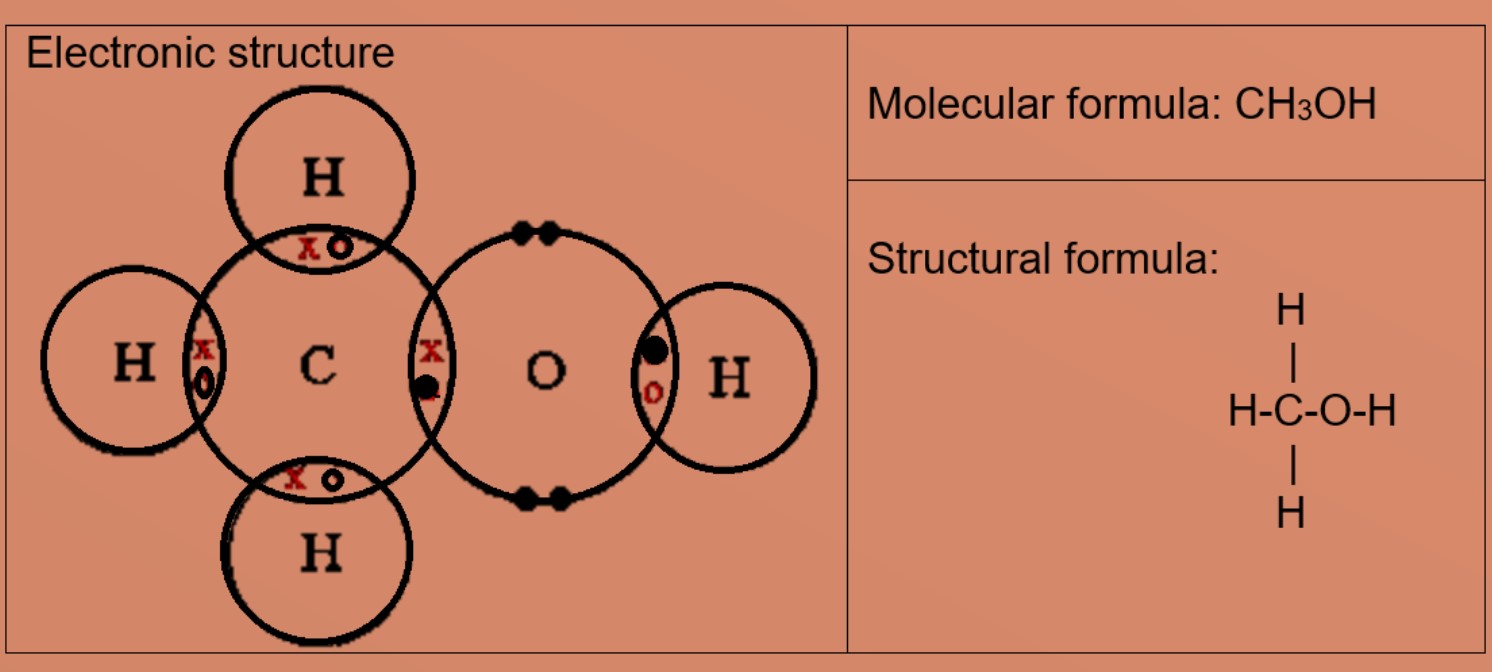- Number Of Valence Electrons In Nitrogen Dioxide
- Number Of Valence Electrons In N-3
- Number Of Valence Electrons In N
- How Many Valence Electrons Potassium
A valence electron is an outer shell electron and may participate in the formation of a chemical bond. Ok but how many valence electrons does an atom of Nitrogen have? In the case of Nitrogen the valence electrons is 3,5. Now let's check the facts about Nitrogen. Nitrogen has 5 valence electrons, because its electron configuration is Math Processing Error 1 s 2 Math Processing Error 2 s 2 Math Processing Error 2 p 3. To determine valence electrons, add the outermost Math Processing Error s and Math Processing Error p orbitals.
Number Of Valence Electrons In Nitrogen Dioxide

Number Of Valence Electrons In N-3
Nitrogen is present in group 15 of the periodic table.
Nitrogen has an atomic number of seven and a mass number of 14.01u. Thus in a neutral atom of nitrogen, there exist seven electrons. Similar to carbon electron configuration, two electrons are located in the inner orbit. The remaining five electrons are distributed in the outer orbit.
Number Of Valence Electrons In N
The outermost orbital has a capacity of eight electrons.The electronic configuration of nitrogen is 1s2 2s2 2p3. Pointman driver download. Thus nitrogen has half-filled p orbital, which is comparatively more stable.
Thus the p orbital is the outermost orbital. To achieve a stable gas configuration, nitrogen needs to have a fulfilled p orbital. The closest noble gas neon (Ne) has the electronic configuration 1s2 2s2 2p6. Thus the nitrogen needs to get 3 more electrons. Nitrogen can form 3 covalent bonds thus sharing 3 electrons and completing the octet.

How Many Valence Electrons Potassium
N2- here, each atom of nitrogen is bonded to another atom of nitrogen via 3 bonds. Drivers p&e usb devices. Thus a triple bond exists in this compound. One ‘s’ and a single 2p orbital combine to form 2 sp orbitals. One sp orbital of nitrogen axially overlaps with the sp orbital of the other nitrogen to form a sigma bond. The lone pair of each nitrogen is contained in the other sp orbitals. There is a sideways overlap of p orbitals of nitrogen to form 2 pi bonds. Thus each nitrogen shares 3 electrons and fills its outer orbitals. Thus it forms a linear structure that is sp hybridized.
NH3- The single 2s and the three 2p orbitals hybridize to give , sp3 orbitals. Three sp3 orbitals are used up in forming bonds. Each bonded sp3 orbital overlaps with the s orbital of the hydrogen atom, thus forming an N-H bond. The non-bonding sp3 orbital contains a lone pair of electrons. Thus nitrogen forms three bonds sharing three electrons with hydrogen. So it completes the octet, and the p orbital is filled. The hydrogen atoms also complete their duplet and fill their outer 1s orbital completely. A tetrahedral structure is thus formed, and NH3 (ammonia) is sp3 hybridized.



NOCl – here the central atom is nitrogen, and it is doubly bonded to one oxygen atom and singly bonded to one chlorine atom. Thus it shares three electrons and completes its outer shell. Here the nitrogen is sp2 hybridized having a triangular planar structure. Three sp2 orbitals are present with oxygen overlapping with one orbital, chlorine overlapping with another, and the last orbital occupied by electron lone pair. Nitrogen also forms a pi bond with the oxygen that it is bonded to.
